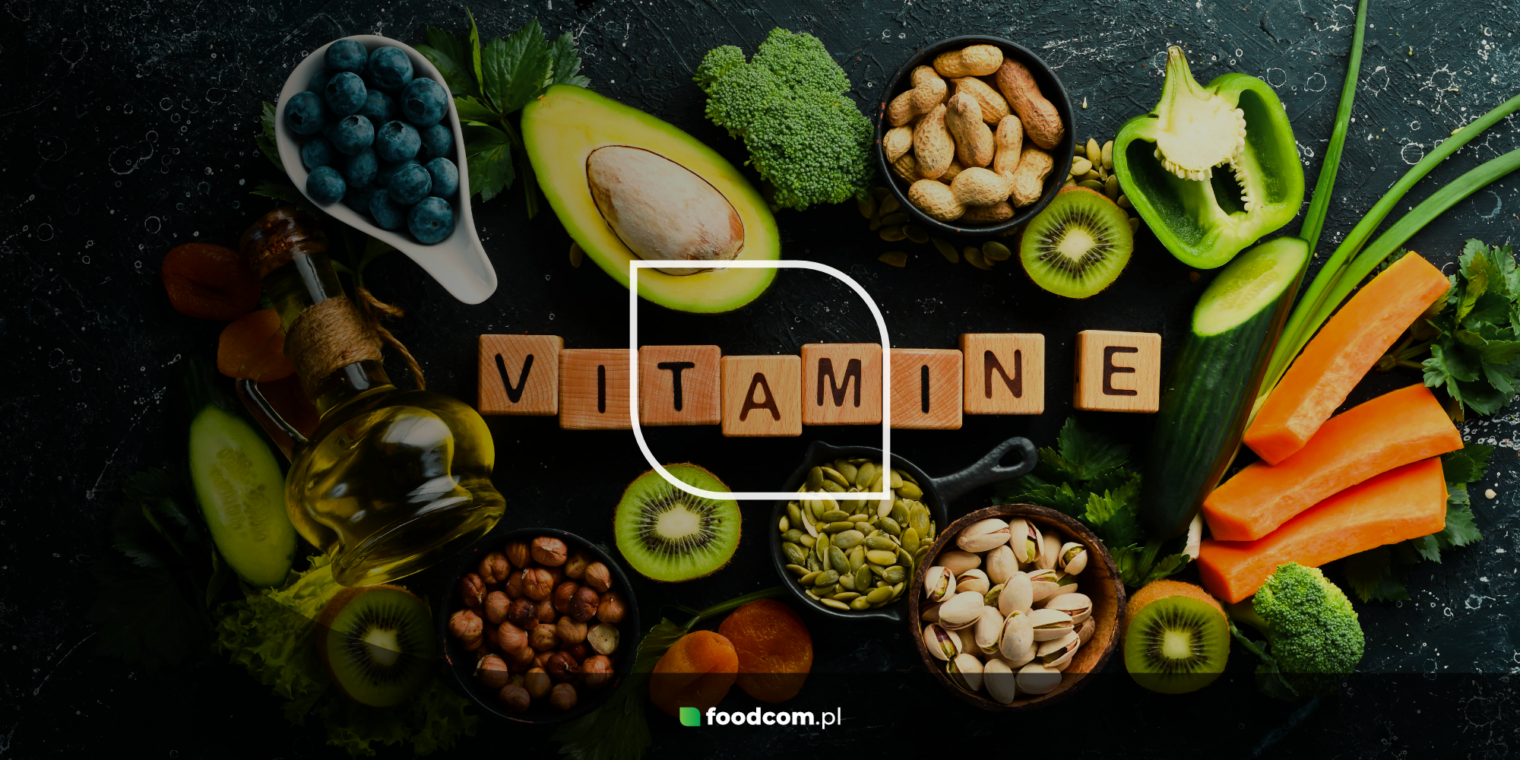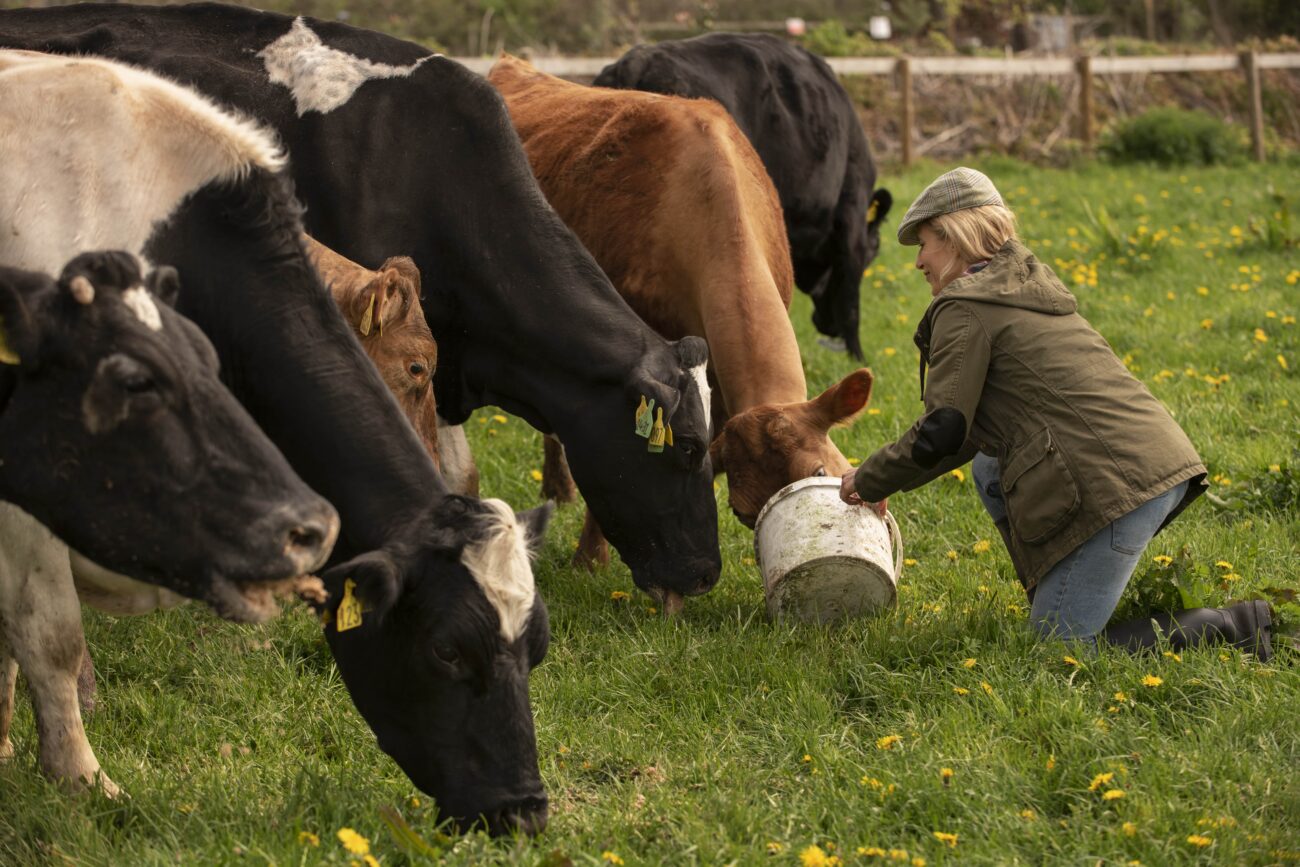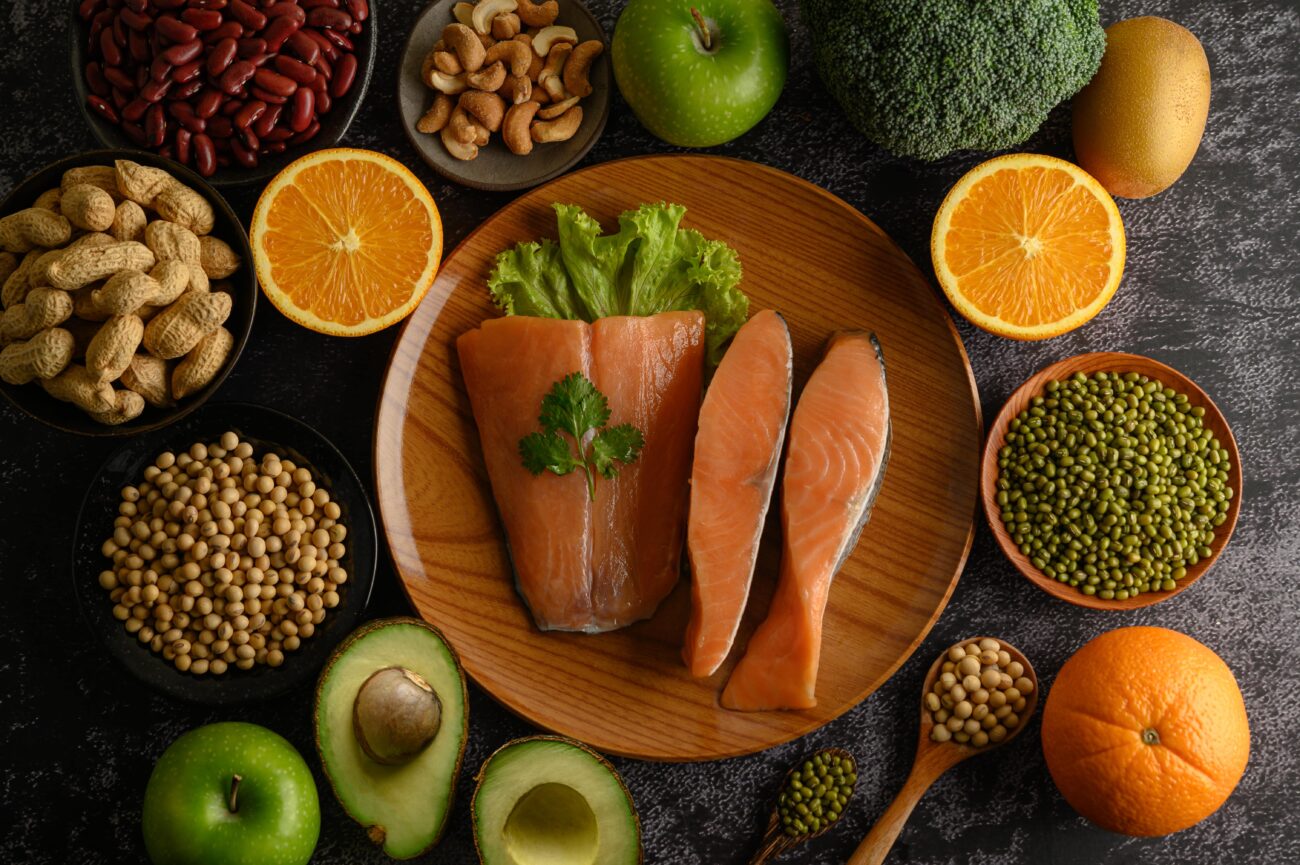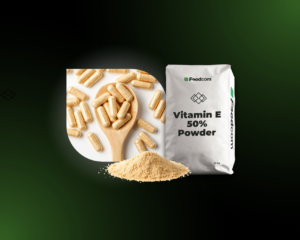- Vitamin E, also known as tocopherol, has antioxidant and protective effects on the circulatory, nervous and muscular systems.
- It occurs naturally mainly in the oily parts of plants.
- Vitamin E is used as a food preservative, dietary supplement, cosmetic ingredient and also as a feed additive.
Vitamins are substances that are essential for the proper functioning of the human and animal body. One of the most important is vitamin E. Find out about the properties and uses of this compound, where vitamin E is found and why it is so important.
What is vitamin E and what are its properties?
Vitamin E is a mixture of organic compounds called tocopherols and tocotrienols. There are 4 forms in each of these two groups, designated by the symbols α, β, γ and δ. All forms of vitamin E have the same total formula: C29H50O2, but differ in their molecular structure. The antioxidant properties of tocopherol are due to the presence of a hydroxyl group in the chromanol ring.
Vitamin E is insoluble in water and soluble in fats. It is in the form of a pale yellow liquid that is resistant to external influences such as high temperatures. However, contact with metals such as iron or copper, as well as oxygen, peroxides or rancid fat, can cause its breakdown. It is unstable during prolonged storage and freezing.
How does vitamin E affect the body?
Vitamin E in human and animal bodies is a powerful antioxidant that prevents oxidative stress on cells. It is also involved in lipid synthesis and ensures the correct structure of biological membranes, influences muscle metabolism and protects the cardiovascular system – it makes blood vessels more elastic, reduces platelet aggregation, is involved in the synthesis of anticoagulants and facilitates oxygen transport.
A deficiency of vitamin E in the body may result in: disorders of the structure and functioning of cell membranes, muscle weakness and paralysis, nerve damage and the development of neurodegenerative diseases, growth disorders, skin diseases, impaired vision, increased susceptibility to infections, weakness, as well as fertility disorders and miscarriages.
Uses of vitamin E
Vitamin E plays a huge role as a supplement in both human and animal diets. Its antioxidant and protective effects are also sometimes used in cosmetics and food production.
Vitamin E in medicine
The daily requirement of vitamin E in humans – mainly in the form of α-tocopherol – is 10-20 mg, with an increased requirement during pregnancy and breastfeeding, for example, and with increased blood lipid levels.
Vitamin E supplementation can reduce the risk of coronary heart disease and cancer, has anti-allergic and anti-coagulant effects and improves immunity. Long-term supplementation should not exceed 400-800 IU per day.
Tocopherol acetate or tocopherol linoleate are used as ingredients in topical remedies to moisturise and care for the skin, improve wound healing, reduce scar tissue and alleviate symptoms of atopic dermatitis or eczema.
Vitamin E in food
Vitamin E is used as a food additive with the symbol E306. It occurs as a mixture of tocopherols: α, γ and δ. The individual synthetic tocopherols are designated E307, E308 and E309 respectively.
These substances are found in foods as antioxidants – preservatives that protect fats from going rancid. They are found in products containing vegetable oils (except olive oil) and animal oils. They are also found in pastry products, prepared sauces and soups, sandwich cheeses, fermented dairy products, meat products and cocoa products.
In addition, vitamin E is sometimes added to dietary supplements and baby food to supplement the diet with this vitamin.
Vitamin E in cosmetics
The strong antioxidant effect of tocopherol is highly valued in cosmetology – it neutralises free radicals and slows down ageing processes, as well as having a protective effect on biological membranes, nourishes the skin, improves its firmness and condition, protects it from irritation and aids its regeneration.
Vitamin E is therefore often used as an ingredient in revitalising and anti-ageing face creams and masks, body lotions, deodorants, hair shampoos and conditioners, and hand and nail care cosmetics. It also acts as a preservative for cosmetic products.
Feed vitamin E
Vitamin E can be found as a supplement to animal diets in the form of specialised feed additives administered in the event of changes in animal nutrition, veterinary treatments, the onset of disease, allergies or stress factors. A properly balanced animal diet is the basis for good breeding, and the best quality feeds and animal supplements in Poland are offered by the Foodcom S.A.
Vitamin E plays very important roles in animals:
- regulates DNA synthesis, gene expression and protects tissues,
- supports normal fat metabolism,
- supports the development of the muscular system,
- prevents cardiovascular diseases,
- stimulates the immune system and protects animals against disease,
- supports fertility.
Vitamin E is used as a feed or water additive for various animal species:
- in pigs – especially in piglets, protects against infections and reduces unfavourable stress responses;
- in cattle – improves meat quality and fertility;
- in poultry – has a protective effect on the muscles, preventing the development of muscular dystrophy, increases the level of hatchability and protects chickens from the onset of brain thinning;
- in horses – promotes immunity and regeneration and supports muscle building, which is particularly important in working and sport horses.
Nutritional supplements for pets
Animals fed a wholesome diet selected according to breed and nutrient requirements usually do not need additional supplementation. Vitamin E is given to dogs or cats that are fed a BARF diet or self-prepared meals. Supplementation can also be beneficial for animals during periods of high stress, those suffering from allergies, skin problems or dysfunctions of the kidneys, liver, intestines or joints, as well as in seniors.
Where is natural vitamin E found and how is it obtained?
Vitamin E naturally occurs in products such as:
- nuts and seeds (sunflower, almonds, sesame, hazelnuts, walnuts and peanuts),
- vegetable oils (sunflower, rapeseed, soybean, olive oil),
- soybeans,
- wheat germ,
- butter, milk, egg yolk,
- fish,
- green leafy vegetables (lettuce, spinach).
Natural vitamin E (D-tocopherol) is produced by steam distillation of the edible parts of oleaginous plants, most commonly soybeans, cottonseed, maize and wheat germ. Synthetic tocopherols (DL-tocopherols) are obtained by condensing parahydroquinones with phytol or isophytol.
Vitamin E is very important for the proper functioning of the body. In animal husbandry, it reduces morbidity and promotes animal regeneration, growth and fertility, leading to better breeding performance. Vitamin E as a feed additive for various animal species is offered by Foodcom S.A.












